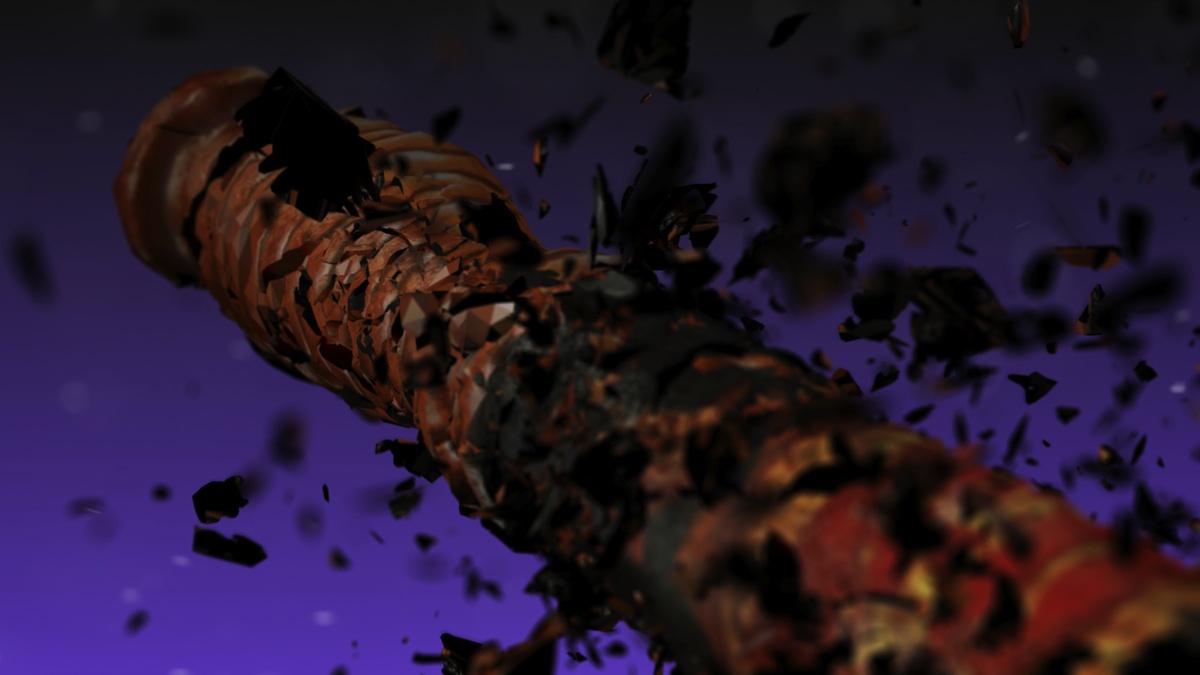Outlier Detection (2016)

Statutory Instruments & linked data:
Outlier Detection monitors and responds to the pace and frequency of Statutory Instruments, a specific type of UK legislation.
Statutory Instruments are a form of secondary legislation, legislation that is intended to be used to make minor amendments to existing acts, rather than create entirely new acts. As a consequence they are often not subject to the same kind of parliamentary scrutiny as primary legislation.
In the last twenty years this form of legislation has become increasing prevalent. In fact most legislation that is made law on a daily basis are now Statutory Instruments. In a paper about the volume of legislation from 1950-2014 written for the House of Commons in 2012 Richard Cracknell and Rob Clements report that whilst the number of pieces of primary legislation has been decreasing over the years statutory or secondary legislation has been steadily increasing and in some years the annual total has nearly doubled in the last twenty years.
Yet most Statutory Instruments are not debated, or if they are it is via committee, rather than in the House of Commons. One of their critics, Greg Rosen, points out in a Reform UK paper that nearly all Statutory Instruments are taken through Parliament by Negative Resolution, that is, “where it is assumed to go through on the nod unless a motion is passed to block it” and that most motions are Early Day Motions, (a single sentence proposal by an MP rather than a debate) so, “can be pretty much ignored by the government if it wants to do so”.
In many cases Statutory Instruments are used as they were intended, to make minor amendments to existing acts so that the cursory nature of their scrutiny prevents the commons being swamped in debates about minor issues. However increasingly they are being used for “matters of policy”. The recent changes to Child Benefits law and Tax Credits were both Statutory Instruments and in 2009 Henry Porter reported in the Guardian newspaper that conservative MP Edward Garnier had told him that Statutory Instruments were “made for the convenience of the government and its civil servants” and were more or less “impossible to scrutinise in the Commons”. In other words allowing the government to pass substantial legislation that is often not subject to debate in the House of Commons let alone reported or debated more widely.
Cracknell and Clement’s paper also measures the volume of legislation, quite literally the number of pages of legislation made law every year, and similarly shows how this has also doubled over the last twenty years. And in recent years Statutory Instruments comprises three quarters of the volume of all legislation passed. The increased volume making it even harder to scrutinise.
Although Statutory Instruments are often not debated in the House of Commons they can be blocked by both the Commons and the House the Lords but the Government want this to change. Particularly in the wake of the Tax Credit bill, where, unusually, debates took place in both Houses resulting in the House of Lords rejecting the Government's changes to Tax Credits. On 17th Dec 2015 (in a report commissioned by the Government) Lord Strathclyde proposed that the House of Lords powers be limited over Statutory Instruments, giving the Government even more control over their proposed legislation.
All the legislation that is made law in the UK is published on the website http://www.legislation.gov.uk/. This online repository that Outlier Detection utilises has been designed with an information architecture that makes it possible to see this process very clearly and to ascertain the volume and type of legislation at any point in time back to (and including) the Magna Carta. The website also publishes a live feed of legislation as it is made law, literally hour by hour, every day as an atom feed. Nearly all the reports and articles referred and linked to above have mined this repository for the data they cite. Outlier Detection also uses this feed and the repository of legislation to calculate the average frequency of legislation at every hour on any given day of the year.
Legislation.gov.uk also serves as a good example of the tendency toward complete online transparency and Outlier Detection doesn't just scrutinise the pace and frequency of legislation it relies on the interlinked architecture of the data held in this online repository. This is the artwork’s engine. It could not work without it. Legislation.gov.uk is part of a new generation of web sites that are specifically designed with this type of linked data, where the interelationships between individual pieces of data are consistently mapped and linked together. Arguably it is this consistent and systematic interlinking that create a level of transparency and quantification that far surpasses an era of “all information in all places at all times” that cultural theorist Mark Poster and others predicted some fifteen years ago when the internet was in its infancy.
Rather than celebrate the advent of absolute transparency that Poster predicted in 'The Mode of Information' all those years ago, he warned that the coming age of the networked database would usher in a new impoverished and limited language of fields and forms that would be used to “constitute individuals and define deviants”.
Outlier Detection turns that rigid structure of the database (visibly represented by an XML tree structure in legislation.gov.uk, back onto another a symbol of normative order, the beautiful hand painted Victorian police truncheon held in the Royal Albert Memorial Museum & Art Gallery collection.
